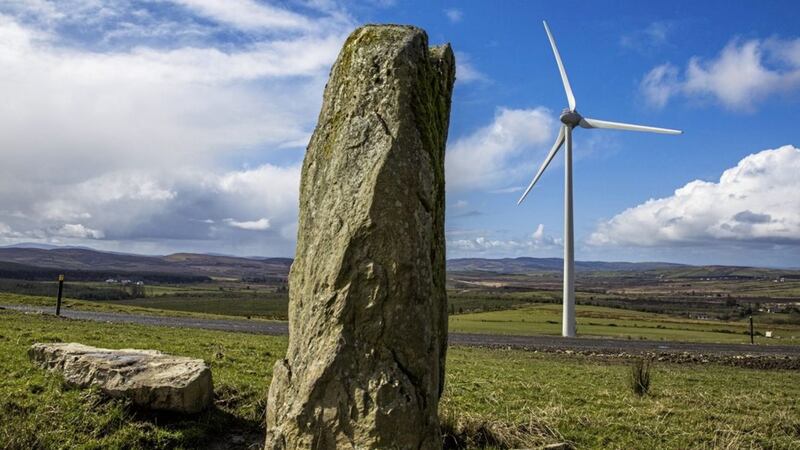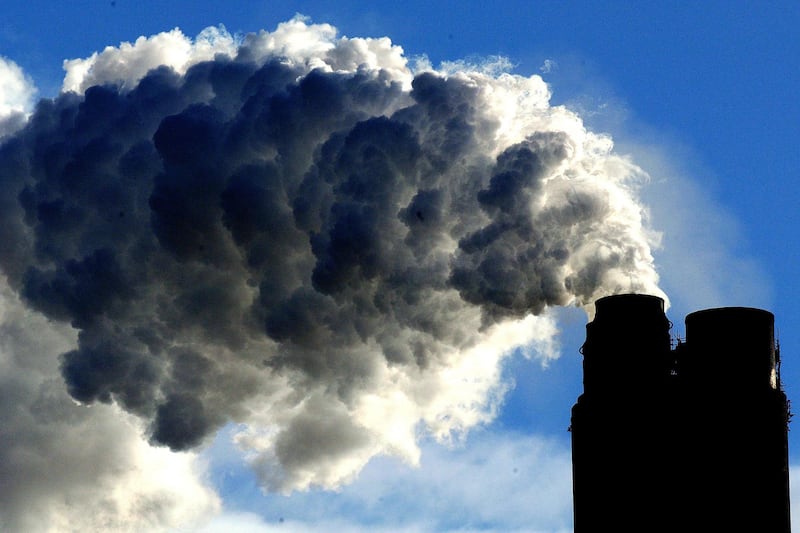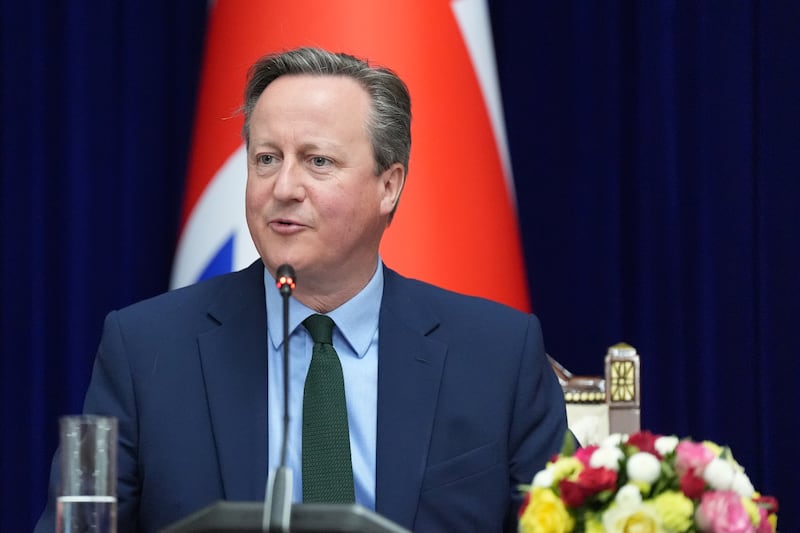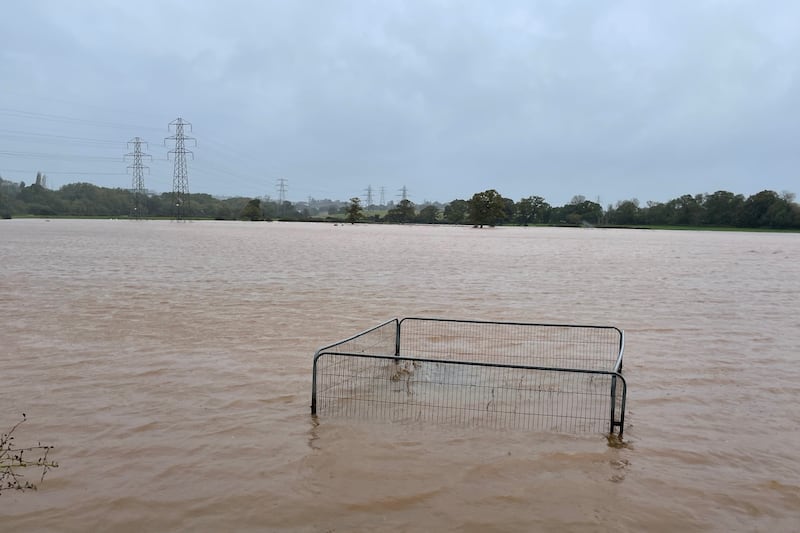BROWSE through any of our regional weekly newspapers and you will regularly come across a story about people objecting to a new wind turbine “blighting the landscape”.
In the past few years it almost seems as if they have been breeding and taking up residence on hilltops and open stretches of land.
Often it is just one by itself, but rows upon rows of them, gently whirling in hypnotic synchronised motion, are not unusual.
There is no doubt they are changing our landscape – from where I am sitting at home I can see three between the drumlin landscape of south Down and the Mourne Mountains.
Even seasoned environmentalists, who have long advocated the need to switch to green energy, have been known to object to them – particularly in places of scenic beauty or historic interest.
However, the problem – if it can be called that – of living in Ireland is that we are spoiled for scenery and history, from rolling hilly countryside, to mountains, to dramatic coastal scenery.
Even our main cities can boast mountains, boglands, neolithic rings and diverse bird life along lough shores within walking distance from their centres.
And then there is the ‘get real’ school of thought who accuse supporters of green energy of being naive a bunch of tree-hugging hippies.
The accusation comes against overwhelming scientific evidence that our planet is heating up at an alarming rate: just this week it was reported that air temperatures over the Arctic are 20 degrees higher than normal for this time of year.
Despite this, there is still a very powerful lobby that is determined to pretend there is nothing wrong and that global warming is myth.
Genuine concerns have been raised about the negative impact that the incoming US administration will have on the global environment as it rejects commitments to reduce greenhouse gases and focus on carbon fuels.
However, technology and economics could scupper that agenda.
For a few hours on May 15 this year there was almost enough green energy generated to supply Germany’s entire electricity network.
The country has invested heavily in renewable technology and it plans to replace all nuclear-generated energy in the country with green energy by 2022.
Canada announced on Monday that it plans to phase out the use of coal-fired electricity by 2030 and to generate 90 per cent of its electricity from renewables.
In the past, one of the problems for green energy advocates was the cost of the equipment to harness it. However, technology is improving and the cost of generating a unit of electricity using wind is nearing parity with the costs for coal and gas.
More work is needed on improving the efficiency of generating solar power and wave energy but the technology is improving and the costs are coming down.
At the same time as oil and gas reserves become scarcer and harder to get to, the economic arguments for depending on carbon fuels become more flawed.
A few years ago a fracking company proposed investing the mind-boggling figure of £6 billion to access shale gas deep below the Fermanagh lakes.
That sort of money would pay for a lot of wind turbines, off-shore wind farms, wave-energy converters and solar panels.
Switching to green energy is no longer just a matter of trying to lower carbon emissions to tackle climate change, hugely important as that is. It is now a matter of cost-effectiveness.
Climate change deniers may question the ethical arguments for switching to green energy, but the debate has moved beyond that.
In the words of a former White House incumbent: "It's the economy, stupid."








